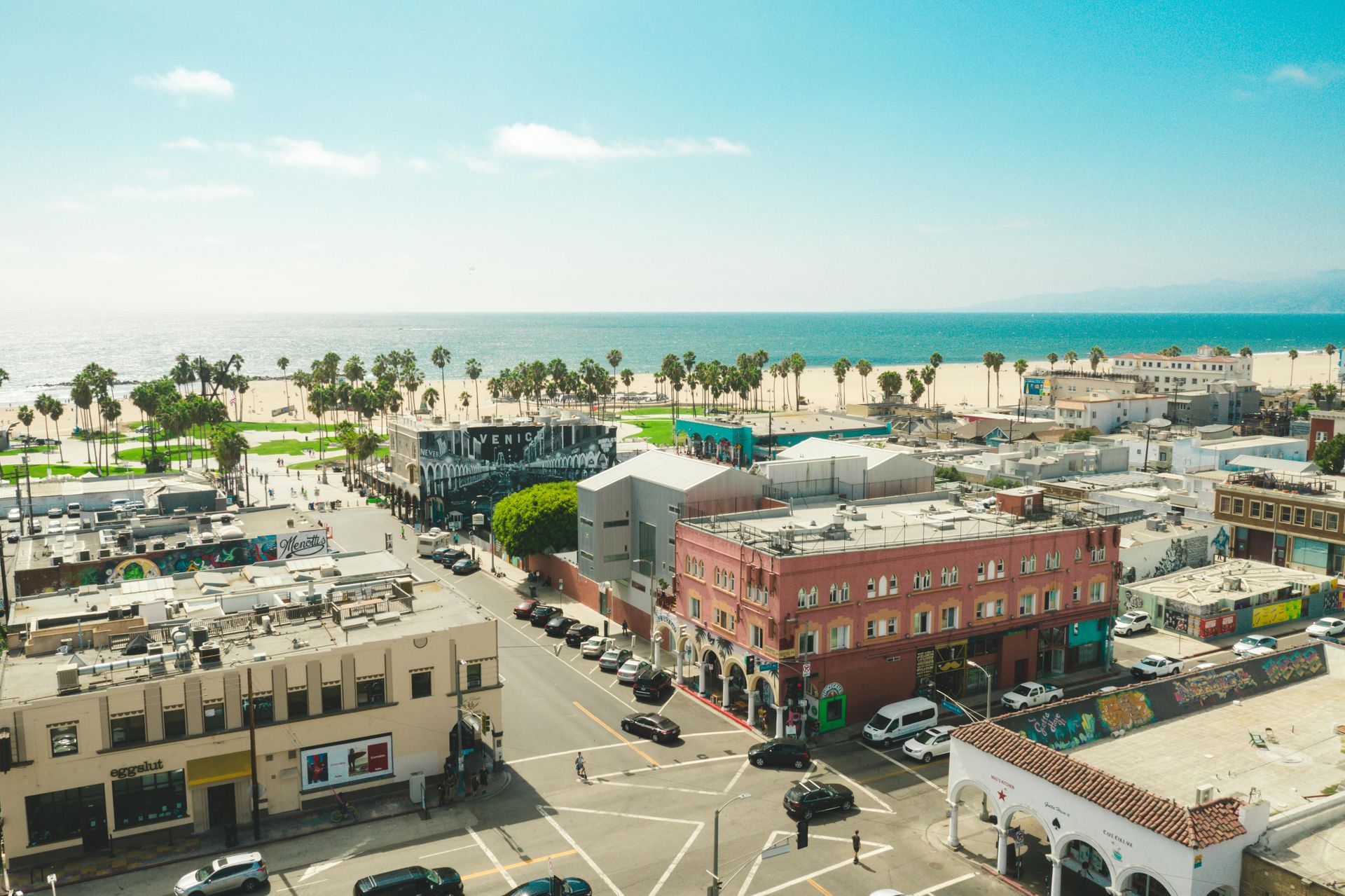California’s Aging Population: A Looming Workforce Crisis
For decades, California’s population growth was fueled by immigration and high birth rates, ensuring a steady supply of young workers. However, in recent years, these trends have reversed. The state’s population growth has stalled, and in some years, it has even declined. As a result, California is experiencing a demographic shift that could have serious economic consequences.
The Numbers Behind the Shift
According to the Public Policy Institute of California, by 2040, 22% of Californians will be 65 or older—up from just 14% in 2020. The elderly population will increase by 59%, while the working-age population remains unchanged and the number of children declines by 24%.
This shift will impact two key areas:
- Rising Demand for Elderly Care
As the senior population grows, so will the need for housing, medical services, and long-term care. Governor Gavin Newsom’s administration has introduced a Master Plan for Aging, aiming to address these challenges. However, with California facing significant budget deficits, the feasibility of these initiatives remains uncertain. - A Shrinking Workforce
While California has over a million unemployed workers, many industries—including healthcare and construction—are experiencing severe labor shortages. Keeping older workers in the labor force longer may provide some relief, but only to a certain extent.
Can California Fill the Workforce Gap?
Historically, California relied on migration from other states and countries to replenish its workforce. However, the state’s high cost of living, particularly in housing, has made it a less attractive destination for new workers. Additionally, federal immigration policies, such as restrictions imposed under former President Donald Trump, have contributed to labor shortages.
The Public Policy Institute of California notes that labor force participation among 65- to 74-year-olds is expected to rise, partly due to the increased Social Security retirement age. However, many of these older workers will remain employed out of necessity rather than choice, particularly those with lower lifetime earnings.
The Future of California’s Economy
If current trends persist, California could face a severe worker shortage that hampers economic growth and limits the ability to provide essential services. Without a clear plan to attract new workers and support an aging population, the state’s demographic shift may prove that, in California’s case, demography truly is destiny.






